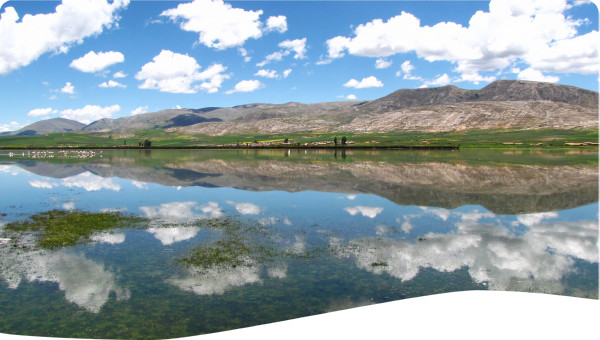The water tariffs currently in use in most cities in South Asia are not accomplishing their principal objectives. They are not generating sufficient revenues to ensure that utilities can recover their financial costs. They are not sending the correct economic signals to households, i.e., that water is scarce and must be treated as a valuable commodity. They are not helping the majority of the poor households, many of whom are not connected to the piped distribution system. This paper describes the major elements of a package of pricing and tariff reforms that are needed in the municipal water supply sector in many South Asian cities. The recommended set of reforms has three distinct parts: (1) expanding the customer base and making sure connections are metered so that pricing policies can be implemented; (2) changing the way water bills are calculated for households, and for industrial and commercial customers; and (3) putting in place the policies to protect poor households during the reform process. The following pro-poor policies are recommended: (1) ensuring that poor households (and others) can have a private water connection when they want it; (2) subsidizing upfront connection costs, not volumetric water use; (3) providing public taps as a water source of last resort for the very poor; (4) legalizing water vending and selling by neighbours; and (5) not giving private operators exclusive rights to provide water within a service area.
Description / Abstract
Publication year
Publisher
Thematic Tagging
English
 Resource -
Resource -
